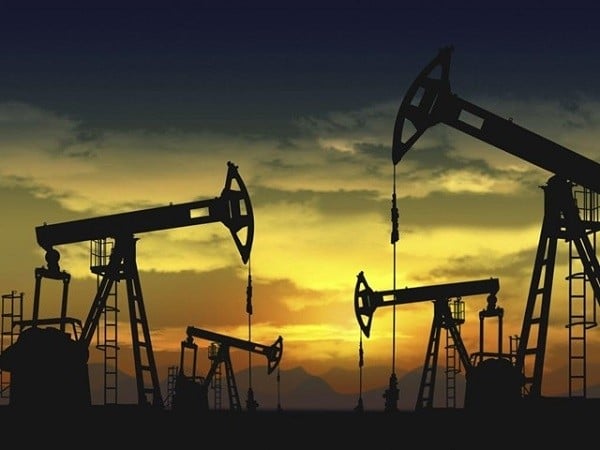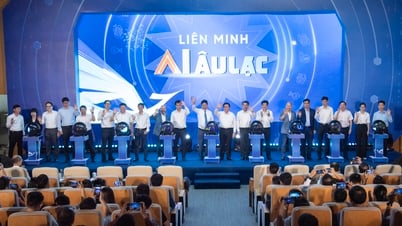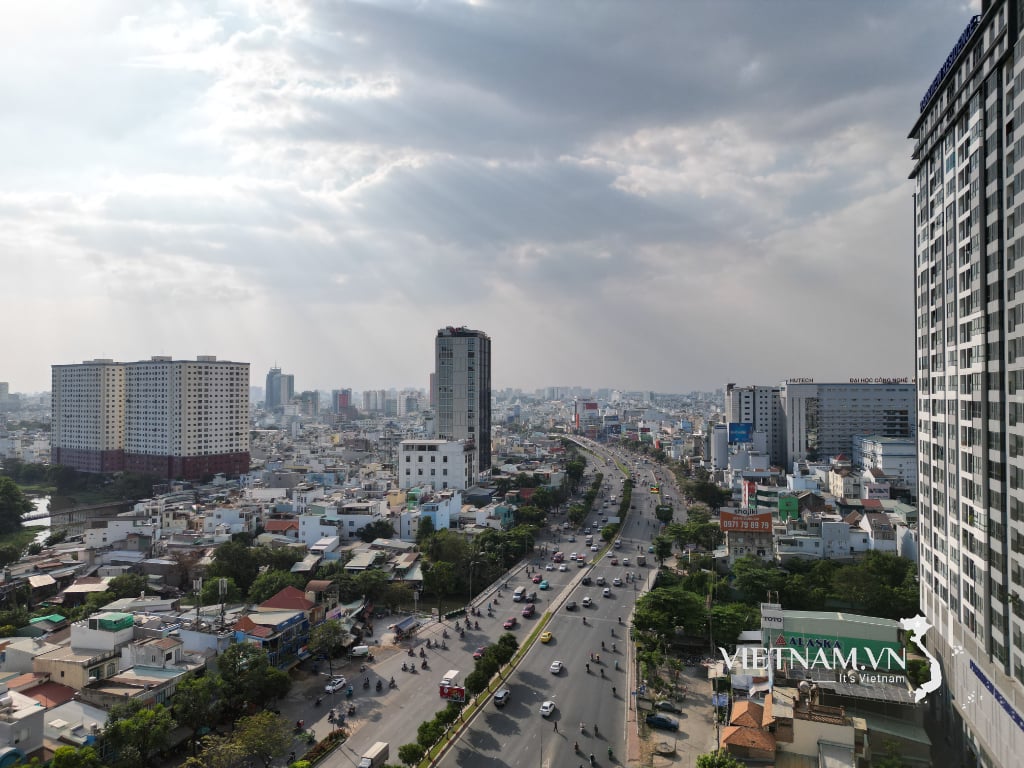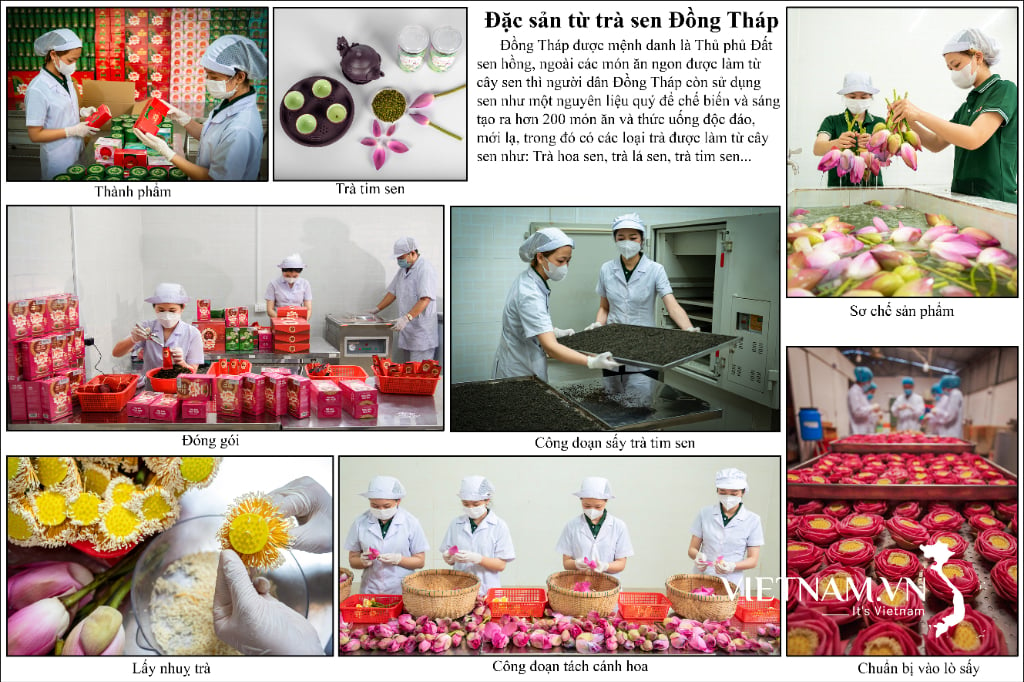In 2025, trade policy will emerge as a key factor shaping global commodity prices and capital flows. In particular, the tit-for-tat tariffs between the United States and its major trading partners, with China at the center, are having a significant impact on energy markets. To understand this, investors must delve into the volatile political dynamics and the emotions they generate.
Positive view on tariffs
The US debt burden is particularly heavy in 2025. About $7.8 trillion of US government debt will mature, mostly in short-term bonds (T-bills) concentrated in the middle of the year. This creates a huge refinancing burden at a time when current interest rates (~4.5%) are significantly higher than the interest rates at which the debt was issued (~2.5%). Refinancing could add about $200 billion to annual interest costs, putting further pressure on an already strained federal budget, where debt servicing costs already account for 16% of federal spending, surpassing defense spending.
There are several distinct types of tariffs, each serving a different purpose:
- Auto tariffs on Mexico, Canada: Issues with Mexico and Canada will likely be addressed through a re-implementation of the USMCA deal expected in 2026.
- Reciprocal tariffs: This is a key bargaining chip and exposes the hypocrisy of countries that criticize US tariffs. These tariffs are likely to be postponed if progress is made in other areas .
- 10% Universal Tax: This is the main focus of the tariff to increase revenue and encourage domestic production . The 10% rate is an initial move, which can be lowered to mid-single digits in the future .
- Tariffs on China: This is the most complicated situation and will take a long time to negotiate, the outcome is very unpredictable and is often the focus of strong volatility in financial markets .

Negative perspective
In depth , the world is facing a comprehensive crisis cycle when 5 fundamental pillars show signs of cracking at the same time:
- The global monetary and financial order is seriously imbalanced.
- Increased internal political instability, especially in the US
- The disintegration of the global geopolitical order
- Natural disasters and epidemics impact supply chains and public budget structures
- Technological change, especially AI, will have profound impacts on all aspects of life, including money/debt/economic order, political order, international order, etc.
Tariffs are just a superficial manifestation. In essence, this is the collapse of the old model: borrow – consume – export – reinvest capital.
Both the US and China can no longer sustain their previous economic models based on debt and trade surpluses, forcing them to deeply restructure their financial systems, production chains and geopolitical positioning.
Le Trung Lan - Department of Economic and Technical Affairs (Synthesis)
Source: https://bsr.com.vn/web/bsr/-/phan-2-giai-ma-chinh-sach-thue-quan



























![[Photo] Overcoming the heat, practicing to prepare for the parade](https://vphoto.vietnam.vn/thumb/1200x675/vietnam/resource/IMAGE/2025/6/21/b93392e8da8243b8a32040d19590e048)






















![[Maritime News] Wan Hai Lines invests $150 million to buy 48,000 containers](https://vphoto.vietnam.vn/thumb/402x226/vietnam/resource/IMAGE/2025/6/20/c945a62aff624b4bb5c25e67e9bcc1cb)











































Comment (0)